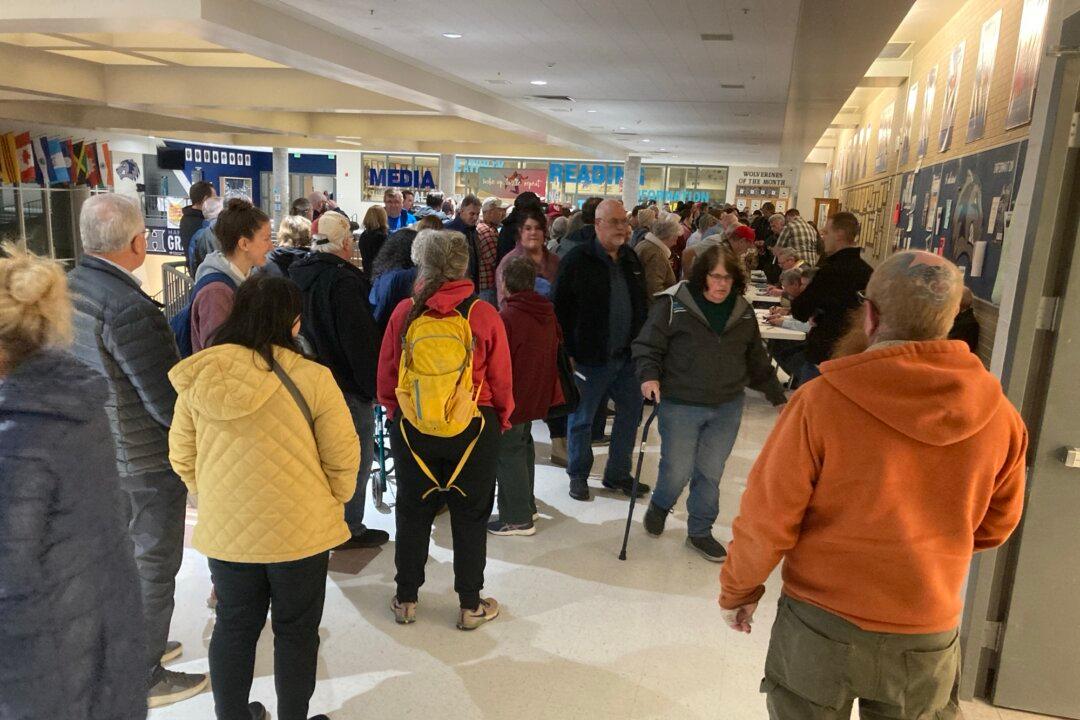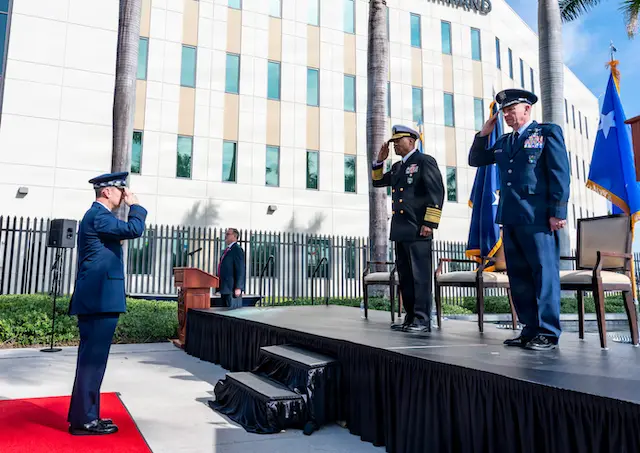SALT LAKE CITY–When the Utah Republican Party in August 2023 opted to conduct a party-orchestrated caucus rather than a state-run primary for its March 5 presidential preference poll, it did so because the more intimate neighborhood election process would save taxpayer money and promote “community engagement.”
By any post-caucus March 6 assessment, they certainly exceeded expectations in inducing that “community engagement.”





